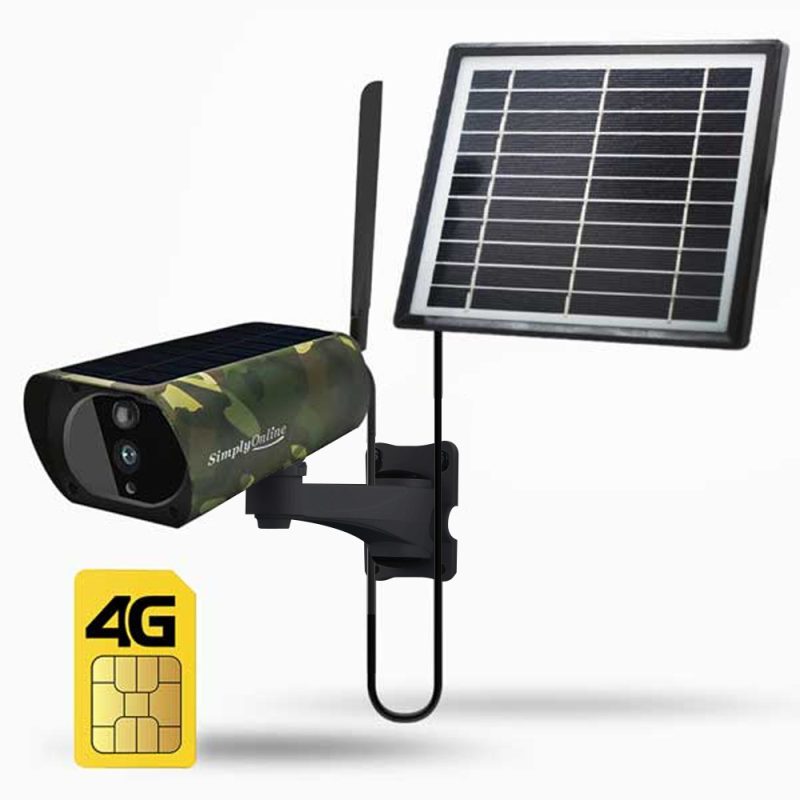Security Camera Placement: Enhancing Home and Building Security

When it comes to fortifying your security infrastructure, one of the fundamental considerations is security camera placement. In today’s tech-savvy world, these devices have evolved into indispensable tools for safeguarding our homes and businesses. Whether you reside in a house, apartment, or condominium, understanding where to deploy cameras is paramount to achieve comprehensive security coverage.
There exist several key areas worthy of attention when it comes to security camera placement. The front entrance indisputably ranks among the most critical spots. Positioning a camera here captures any suspicious activity or potential intruders attempting to gain access to your property. Moreover, strategically placing cameras near windows, particularly on the ground floor, serves not only as a deterrent against break-ins but also as a source of critical evidence in the event of an incident.
Additional areas of consideration include the backyard, garage, and driveways, as these are frequently the favored entry points for burglars. With security camera placement in these locations, you gain the ability to monitor any activity and take swift action if necessary. It is also imperative to position cameras in blind spots or areas with limited visibility, such as corners or dark alleys, to ensure comprehensive surveillance.
with security camera placement in these pivotal areas, you can establish a robust home or building security system that effectively deters criminal activities and offers peace of mind for you and your family or colleagues.
Importance of Security Cameras

The significance of security cameras has grown exponentially in today’s society due to escalating concerns for safety and security. Here are some compelling reasons why security camera placement is of paramount importance:
- Crime Prevention: Security cameras serve as a potent deterrent to potential criminals. The knowledge that their actions are being recorded substantially reduces the likelihood of criminal activities such as theft, vandalism, and break-ins. Visible cameras often prompt burglars to think twice before targeting a specific area.
- Evidence Collection: In the unfortunate event of a crime occurring, security cameras provide invaluable evidence for law enforcement agencies to investigate and solve the case. Footage captured by cameras can be presented in court to identify suspects, corroborate witness statements, and establish the sequence of events.
- Remote Monitoring: Modern security cameras offer remote monitoring capabilities, allowing homeowners and business proprietors to oversee their premises from anywhere at any time. This feature not only imparts peace of mind but also ensures proactive surveillance, especially when no one is physically present on the property.
- Employee and Customer Safety: Security cameras play a pivotal role in maintaining a safe environment for employees and customers. By monitoring various areas, including parking lots, entrances, and common spaces, cameras can alert staff to potential dangers and help avert accidents or criminal incidents.
- Compliance with Regulations: Numerous industries, such as banking, healthcare, and retail, are subject to specific security requirements mandated by regulatory bodies. The installation of security cameras aids businesses in adhering to these regulations, thereby ensuring the safety and protection of sensitive information, assets, and customer data.
- Monitoring and Managing Behavior: Security cameras can be deployed to monitor employee conduct and discourage inappropriate or unprofessional behavior in the workplace. This can lead to increased productivity and a more positive work environment.
- Insurance Benefits: Some insurance providers offer reduced premiums for properties equipped with security cameras. The mere presence of cameras mitigates the risk of theft or damage, potentially resulting in long-term insurance savings.
- Preventing False Claims: Security cameras provide visual evidence capable of countering false claims. In scenarios like slip-and-fall accidents or employee injury claims, footage from security cameras helps ascertain the accuracy of events, safeguarding individuals or businesses from fraudulent allegations.
In summary, security cameras assume a pivotal role in deterring criminal activities, fostering a safer environment, and offering vital evidence when needed. Their mere presence instills a sense of security and empowers individuals and businesses to operate with greater confidence in today’s world.
Types of Security Cameras:
Wired vs. Wireless
A persistent debate in the realm of security camera systems revolves around wired and wireless options. Wired cameras establish connections through physical cables, linking them to a power source and the internet, ensuring a reliable and uninterrupted connection. Conversely, wireless cameras rely on Wi-Fi networks to transmit data, bestowing flexibility in terms of installation and placement.
However, they may be susceptible to signal interruptions or reliability issues if the Wi-Fi network encounters congestion or weak spots. Wired cameras are generally considered more secure, as their signal remains impervious to interference or hacking attempts. While wireless cameras offer the convenience of easy installation and mobility, wired cameras provide a more stable and dependable surveillance solution. Ultimately, the choice between wired and wireless cameras hinges on individual needs and preferences.
Indoor vs. Outdoor Cameras
Indoor and outdoor cameras are designed to serve distinct purposes, boasting unique features tailored to their respective environments. Indoor cameras are typically compact and crafted for monitoring the interiors of buildings, offering functionalities such as motion detection and two-way audio communication. They find common use in home security, pet monitoring, or child supervision. In contrast, outdoor cameras are engineered to withstand various weather conditions while providing a broader field of view.
These cameras often incorporate night vision capabilities and prove indispensable for monitoring a property’s perimeter or deterring potential intruders. The selection between indoor and outdoor cameras hinges on specific surveillance requirements and the deployment environment.
Bullet vs. PTZ Cameras
Security camera systems come in two primary types: indoor and outdoor cameras. Indoor cameras are purpose-built for surveying the interior of buildings. They tend to be compact in size and come equipped with features like motion detection and night vision. Conversely, outdoor cameras are constructed to endure diverse weather conditions and are intended for monitoring a property’s exterior.
They are larger in size, possess a broader field of view, and frequently incorporate weatherproofing and tamper-resistant features. The choice between indoor and outdoor cameras should be guided by the specific security demands and the areas to be monitored.
Factors to Consider When Installing Security Cameras
Several critical factors warrant consideration during the security camera placement and installation process:
- Coverage Area: Determine the areas that require surveillance coverage and the extent of visual monitoring needed to ensure comprehensive security.
- Lighting Conditions: Evaluate the lighting conditions in the designated areas, as this can impact camera performance, especially during nighttime surveillance.
- Privacy Concerns: Remain mindful of privacy concerns, and avoid placing cameras in areas where individuals have a reasonable expectation of privacy, such as bedrooms or bathrooms.
- Accessibility for Maintenance: security camera placement in locations that facilitate easy maintenance, allowing for periodic checks, adjustments, and cleaning.
- Weatherproofing: When situating outdoor cameras, opt for models equipped with weatherproofing features to withstand the elements.
Ideal Locations for Security Cameras
When it comes to fortifying security, security camera placement assumes a pivotal role. Identifying the most strategic locations for these devices is essential to ensure comprehensive monitoring and deterrence of potential threats. Below, we delineate prime locations for security cameras to provide coherent guidance for safeguarding homes and businesses:
- Front Door: The front entrance is undeniably a critical spot for security camera placement. It serves as the primary point of entry, necessitating vigilant surveillance. Cameras positioned here capture detailed footage of individuals entering and exiting the premises, aiding in the identification of potential intruders and package thieves. Their mere presence acts as a visible deterrent, discouraging criminals from targeting the property. In summary, front door cameras serve as an effective means of enhancing security and safeguarding homes and businesses.
- Backyard: Frequently overlooked, the backyard is another vital area demanding attention. security camera placement in the backyard empowers homeowners to closely monitor their property, protecting against potential intrusions. Moreover, it proves invaluable for monitoring children and pets at play. Well-placed cameras can cover the entire backyard, including entrances, windows, and vulnerable points, offering peace of mind by detecting and recording any suspicious activities.
- Driveways and Entrances: Driveways and entrances function as primary points of entry for residents and visitors alike, rendering them susceptible to potential threats. security camera placement in these areas facilitates close monitoring of activities and ensures property safety. These cameras also provide clear footage of vehicles and individuals entering and exiting, which is essential for identifying suspicious behavior or recording evidence in the event of trespassing or break-ins. Strategically positioned security cameras in driveways and entrances significantly enhance overall security.
- Windows: Windows provide an excellent location for security cameras due to their unobstructed view of the surroundings. security camera placement near windows allows for monitoring of both indoor and outdoor spaces. This strategic placement aids in detecting suspicious activity near entrances and throughout the premises. Furthermore, cameras near windows serve as a visible deterrent, alerting potential intruders to their surveillance, thus deterring criminal activities.
- Stairways and Hallways: Stairways and hallways, characterized by their narrow and confined spaces, constitute ideal locations for security camera placement. These areas often serve as access points and pathways within a building, rendering them susceptible to unauthorized entry or suspicious activities. security camera placement in these spaces enhances surveillance and overall security.
- Parking Lots and Garages: Parking lots and garages emerge as prime locations for security cameras due to their susceptibility to theft and vandalism. These cameras aid in monitoring and deterring criminal activities, ensuring the safety of vehicles and pedestrians while providing valuable evidence in case of incidents. Their presence serves as a deterrent, discouraging potential wrongdoers from engaging in illegal activities.
- Pool and Patio Areas: Elevating property safety extends to security camera placement in pool and patio areas. These attractive spots can also be targets for intruders or vandals, underscoring the importance of surveillance. These cameras not only deter potential threats but also facilitate the monitoring of children and guests, preventing accidents and ensuring everyone’s safety.
- Basements and Attics: Basements and attics often grant access to concealed or hard-to-observe areas, rendering them ideal locations for security cameras. These spaces are frequently utilized for storage and can serve as potential entry points for intruders. By choosing security camera placement in basements and attics, homeowners can monitor these vulnerable spaces and elevate overall security.
- Common Areas in Commercial Buildings: In commercial buildings, common areas such as entrances, lobbies, hallways, and parking lots witness high traffic and potential security threats. Placing cameras in these locations serves to deter criminals and provide evidence in case of incidents. Entrance and lobby cameras monitor all individuals entering and exiting, helping identify unauthorized access or suspicious activities. Hallway and corridor cameras capture potential security breaches, while those in parking lots enhance employee and customer safety by preventing theft and vandalism.
- High-Risk Areas: High-risk areas, encompassing banks, malls, parking lots, and crowded spaces, serve as prime locations for security camera installations. Cameras placed at entry and exit points act as a potent deterrent and provide vital evidence in case of incidents. These cameras also ensure the safety of customers, employees, and the public by enabling rapid responses to suspicious or illegal activities. Continuous monitoring of these high-risk areas empowers security personnel to take prompt action, ultimately enhancing overall premises security.
DIY vs. Professional Installation
When embarking on installation projects, the debate between DIY (do-it-yourself) and professional installation invariably surfaces. DIY endeavors present an opportunity to economize and assume control over one’s projects. They can also be personally rewarding, fostering a sense of accomplishment. Furthermore, with a wealth of online tutorials and resources available, opportunities abound for acquiring new skills and honing existing ones.
Conversely, professional installation delivers a level of expertise and efficiency that can be challenging to replicate. Professionals boast years of experience and domain knowledge, resulting in higher-quality installations. They also possess access to specialized tools and materials that may not be readily available to homeowners.
Additionally, enlisting professionals can conserve valuable time and effort, especially for intricate or large-scale projects. While DIY projects may offer cost-effectiveness, they can also prove time-intensive and may necessitate subsequent repairs if not executed correctly. Ultimately, the choice between DIY and professional installation hinges on project complexity, scale, individual skill level, available time, and budget constraints.
Maintenance and Monitoring
Maintenance and monitoring are integral facets of any security camera system. Vigilant upkeep ensures that cameras operate optimally, offering reliable security coverage. Regular checks, adjustments, and cleaning routines are essential to maintain peak performance. Additionally, vigilant monitoring allows for swift responses to emerging threats or incidents, enhancing overall security.
Integration with Home/Building Security Systems
In today’s digital era, integrating security systems with other smart devices and applications has emerged as a crucial consideration. This integration empowers homeowners and building managers to seamlessly connect their security systems with an array of smart technologies, fostering comprehensive monitoring and control of premises.
By integrating security systems with smart locks, cameras, and alarm systems, residents can effortlessly oversee and manage access to their homes or buildings remotely. Furthermore, integration with existing home automation systems enables synchronization of various features, such as lighting and HVAC, enhancing convenience and energy efficiency.
Recommended Brands and Models

While the market offers a plethora of options, several reputable brands and models consistently receive recognition for their quality and reliability. Some of the recommended brands and models include:
- Simply Online
- Nest Cam
- Ring Security Camera
- Arlo Pro
- Swann Cameras
- Lorex Security Cameras
Where Not To Place Security Cameras
While security camera placement is instrumental in safeguarding your property, certain areas should remain off-limits for surveillance. It is imperative to refrain from installing cameras in:
- Private Areas: Avoid security camera placement in highly private spaces such as bathrooms or changing rooms, as doing so can infringe on individuals’ privacy rights.
- Areas of Expected Privacy: Abstain from security camera placement in locations where individuals have a reasonable expectation of privacy, such as bedrooms or hotel rooms.
- Tamper-Prone Locations: Avoid security camera placement within reach of the general public or in areas that are inadequately lit or unmonitored, as these areas are susceptible to tampering or vandalism.
- Areas Capturing Sensitive Information: Refrain from security camera placement in locations that could potentially capture sensitive information, such as card readers or keypads, as this can pose a security risk by exposing confidential data to unauthorized individuals.
- Obstructed Areas: It is crucial to steer clear of security camera placement in locations obstructed by physical barriers like trees or buildings. Such obstructions can limit the camera’s field of view, rendering it ineffective in capturing crucial visual information.
- Legal Considerations: Adhere to local laws and regulations governing the use of security cameras. Some regions impose restrictions on security camera placement, and compliance with these regulations is essential to avoid legal repercussions.
In summary, avoiding these designated areas when determining security camera placement ensures that cameras are positioned in appropriate locations, effectively fulfilling their purpose of deterring and preventing crime.
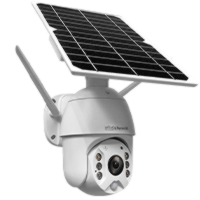
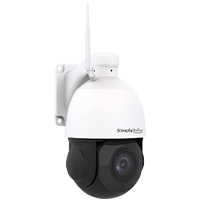
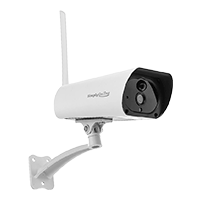
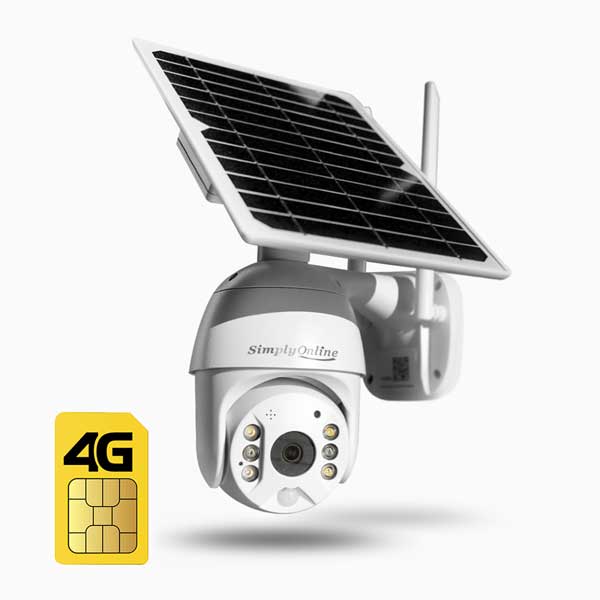

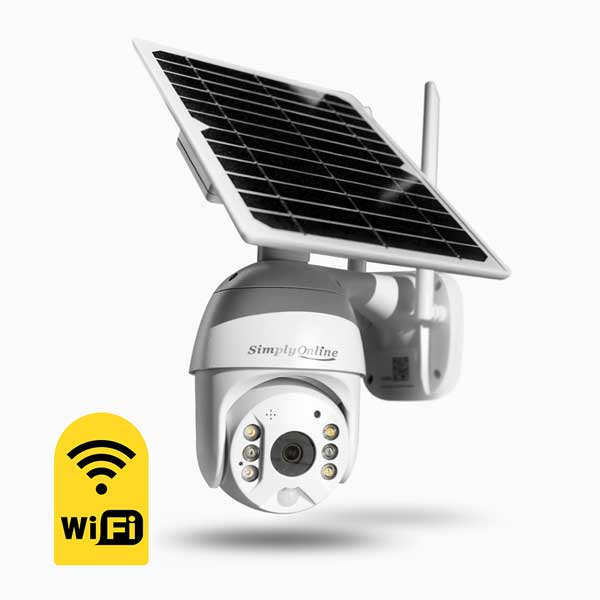
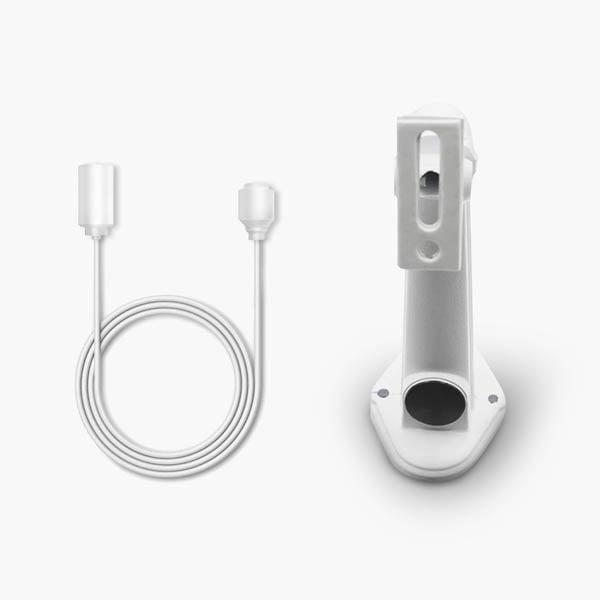
![Batteries for Solar Cameras [18650 Batteries]](https://cfw51.rabbitloader.xyz/eyJjIjp0cnVlLCJoIjoic2ltcGx5b25saW5lLmNvbS5hdSIsInYiOjEyNTQ1MzA2ODYsInIiOjEsImkiOiJjOTA0ZWE4MS0wZjIzLTQ4YmEtYmM5ZC1mNjRiZWJiYTQ2MDAifQ/wp-content/uploads/2020/10/3200mAh-batteris-simplyonline-copy-800x800.jpg)
